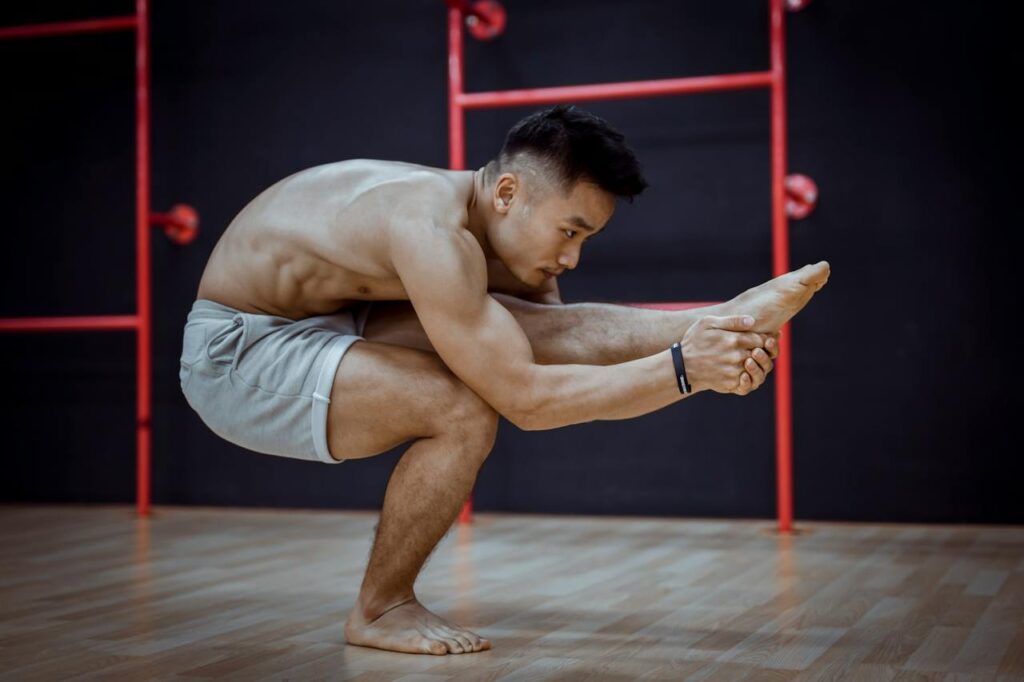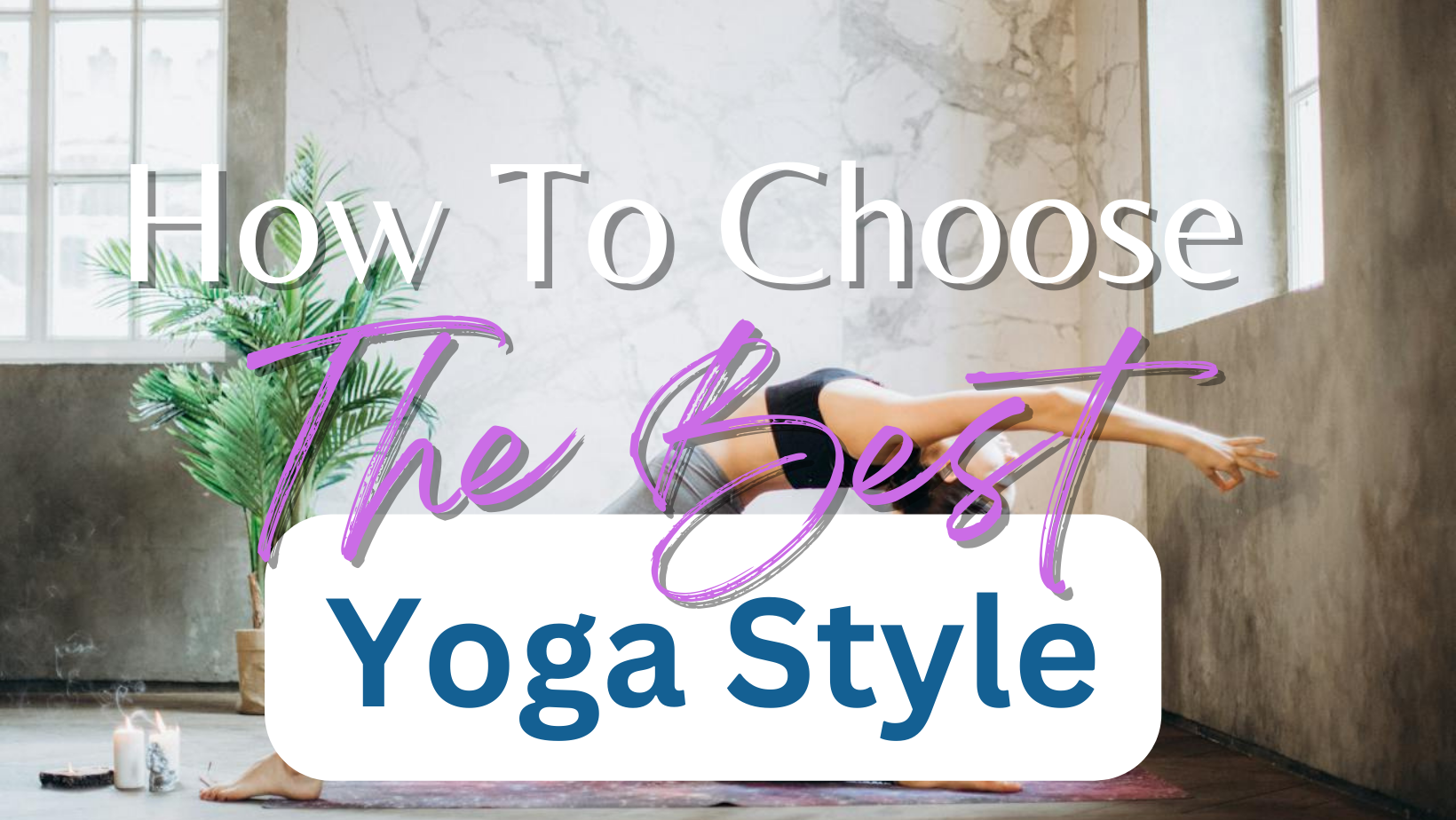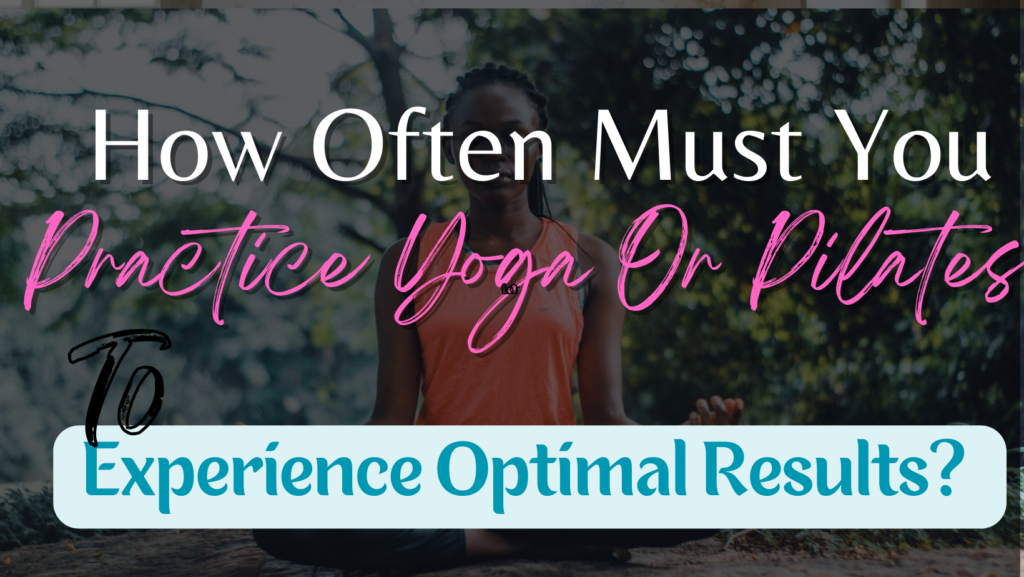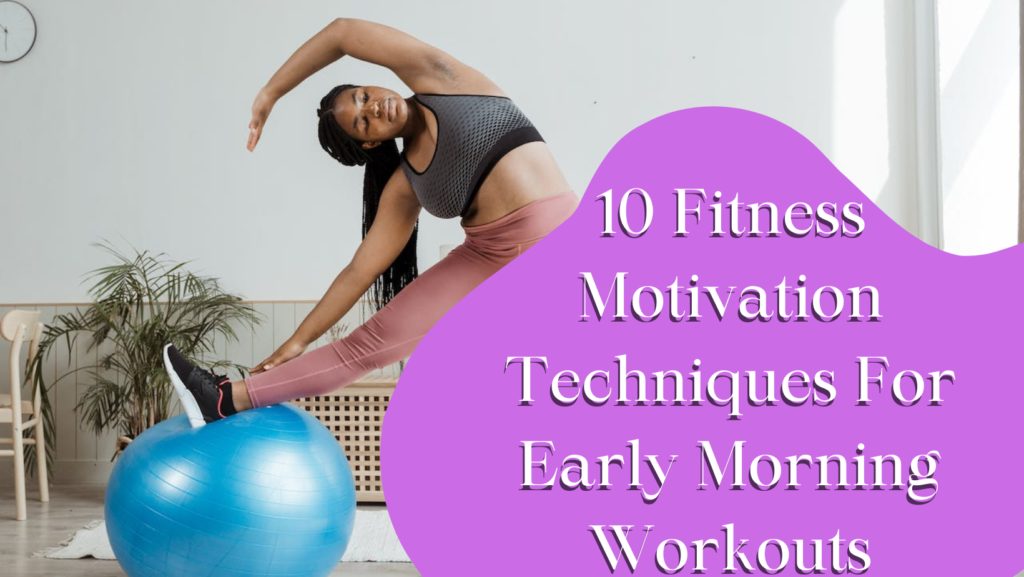Are you interested in starting a yoga practice but unsure which style is the right fit for you? With so many different options available, it can be overwhelming to know where to begin. Fortunately, this article will provide a brief overview of various yoga styles and offer insights on how to select the one that suits your needs and preferences. Whether you’re seeking a calming and meditative experience or a dynamic and physically challenging practice, there’s a yoga style out there that is perfect for you. So, let’s get started on this journey of self-discovery and find the best yoga style for you.
Understanding the Different Styles of Yoga
Yoga is a popular form of exercise that offers a multitude of physical and mental benefits. However, with so many different styles of yoga to choose from, it can be overwhelming to decide which one is right for you. Each style has its own unique characteristics and approaches, catering to different needs and preferences. In this article, we will explore some of the most popular yoga styles and provide insights to help you choose the one that suits you best.
Hatha Yoga
Hatha Yoga is perhaps the most well-known and widely practiced style of yoga. This style focuses on the physical aspect of yoga, incorporating asanas (poses) and pranayama (breathing exercises) to promote strength, flexibility, and balance. Hatha Yoga classes are usually slower-paced, allowing you to hold poses for longer periods and explore proper alignment. It is a great choice for beginners or those looking for a gentle and relaxing yoga practice.
Vinyasa Yoga
Vinyasa Yoga is characterized by its flowing and dynamic movements. It involves linking breath with movement, creating a seamless and continuous flow of poses. Vinyasa classes often include a variety of postures, allowing you to build strength, improve flexibility, and increase endurance. This style is great for those who enjoy a more energetic and fast-paced practice and who are looking for a cardiovascular workout.
Ashtanga Yoga
Ashtanga Yoga is a more physically demanding and structured style of yoga. The practice follows a specific sequence of poses, which are performed in a consistent order. Ashtanga classes are typically vigorous and heat-building, incorporating synchronized breathing techniques. This style is ideal for individuals who are looking for a challenging and disciplined practice that focuses on stamina and endurance.
Iyengar Yoga
Iyengar Yoga emphasizes precise alignment and the use of props to support and enhance the practice. This style places a strong emphasis on maintaining proper posture and body positioning, making it suitable for individuals who prefer a more detail-oriented and precise approach. Iyengar classes often involve holding poses for extended periods to improve strength, flexibility, and concentration.
Bikram Yoga
Bikram Yoga, also known as hot yoga, is performed in a heated room with temperatures ranging from 95 to 108 degrees Fahrenheit. This style follows a specific sequence of 26 poses and two breathing exercises. The heat promotes flexibility and detoxification, making it beneficial for individuals seeking to improve their flexibility and relieve stress. However, it is important to note that the high temperature can be physically demanding and may not be suitable for everyone.
Kundalini Yoga
Kundalini Yoga focuses on awakening and harnessing the energy within the body through a combination of breathwork, meditation, chanting, and dynamic movements. It aims to unlock the dormant energy at the base of the spine and stimulate spiritual growth and awareness. Kundalini classes often involve repetitive movements and specific sequences, making it suitable for individuals looking for a more spiritual and transformative practice.
Yin Yoga
Yin Yoga is a slow-paced and passive style that targets the deep connective tissues and fascia in the body. Poses are held for an extended period, typically between 3 to 5 minutes, allowing time for relaxation and release. Yin Yoga promotes flexibility, joint mobility, and mindfulness. It is an excellent choice for individuals looking to enhance flexibility, find stillness, and cultivate a meditative state.
Restorative Yoga
Restorative Yoga is all about relaxation and rejuvenation. This style uses various props, such as blankets, bolsters, and blocks, to support the body in gentle and restorative poses. Restorative classes are slow-paced and focus on deep relaxation and stress relief. It is particularly beneficial for individuals recovering from injuries, dealing with chronic pain, or looking for deep relaxation and self-care.
Jivamukti Yoga
Jivamukti Yoga is a modern and spiritually-oriented style that blends physical postures, chanting, meditation, and ethical teachings. It incorporates music and creative sequencing to create a dynamic and transformative experience. Jivamukti classes often incorporate environmental and ethical considerations, making it ideal for individuals who are looking for a holistic and socially-conscious practice.
Power Yoga
Power Yoga is a dynamic and intense style that combines strength-building exercises with flowing sequences. It focuses on developing muscle tone, strength, and endurance. Power Yoga classes are physically challenging and incorporate elements from Vinyasa Yoga. This style is best suited for individuals who are looking for a physically demanding and vigorous practice.

Factors to Consider when Choosing a Yoga Style
With so many different yoga styles available, it is important to consider several factors when choosing the right one for you. Each individual has unique needs, preferences, and goals. By considering the following factors, you can find a yoga style that aligns with your specific requirements.
Fitness Level and Goals
Consider your current fitness level and identify your goals. If you are a beginner or have limited physical fitness, a gentler style such as Hatha or Yin Yoga may be more suitable. However, if you are looking to increase your strength and endurance, you may prefer a more vigorous style, like Ashtanga or Power Yoga.
Physical Health and Limitations
Take into consideration any physical health conditions or limitations you may have. Certain styles, such as Bikram Yoga, may not be advisable if you have cardiovascular issues or are sensitive to high temperatures. If you have specific injuries or limitations, you may want to consult with a yoga instructor or healthcare professional to find a style that accommodates your needs.
Mental and Emotional Needs
Yoga is not just about the physical aspect; it also offers mental and emotional benefits. Consider if you are looking for stress relief, increased focus, or emotional healing. Styles like Kundalini or Restorative Yoga may be particularly beneficial for individuals seeking emotional grounding and relaxation, while Jivamukti or Vinyasa Yoga can provide a more invigorating and transformative experience.
Personal Preference and Experience
Think about your personal preferences and what resonates with you. Some individuals may prefer a more structured and disciplined approach, while others may enjoy a more creative and free-flowing practice. Take into account your previous experience with yoga and what has worked for you in the past.
Time Availability and Commitment
Consider your schedule and how much time you can dedicate to your yoga practice. Some styles, like Ashtanga or Bikram Yoga, require a significant time commitment as they are often longer classes or follow a specific sequence. If you have limited time, choosing a style that offers shorter classes or flexible schedules may be more suitable.
You May Also Like
Budget and Accessibility
Evaluate your budget and accessibility to yoga classes or studios. Some styles, like Power Yoga or Bikram Yoga, may require specialized equipment or a membership to a studio. If budget is a concern or if you prefer practicing at home, styles like Hatha or Yin Yoga can be easily practiced with minimal props and equipment.
Instructor’s Expertise
The expertise and teaching approach of the instructors can greatly influence your yoga experience. Research the qualifications and experience of the instructors in your area, as well as their teaching style and philosophy. Connecting with a knowledgeable and experienced instructor can enhance your understanding and enjoyment of the chosen yoga style.
Studio Environment
Consider the environment and atmosphere of the yoga studio. Some individuals prefer a quiet and serene setting, while others may enjoy a more lively and social environment. Visit different studios or attend trial classes to get a sense of the ambiance and energy before committing to a specific style.
Community and Support
Some individuals thrive in a supportive and community-oriented environment. If building connections and having a sense of community is important to you, consider styles like Jivamukti or Kundalini Yoga, where group activities and shared experiences are an integral part of the practice.
Experimentation and Adaptation
Remember that there is no one-size-fits-all approach to yoga. It may take some experimentation and adaptation to find the style that suits you best. Be open to trying different styles and approaches, and don’t be afraid to modify or adapt poses to accommodate your needs and limitations. The key is to find a yoga style that brings you joy, challenges you in a healthy way, and supports your overall well-being.
In conclusion, understanding the different styles of yoga and considering the factors mentioned above can help you choose the best yoga style for you. Take the time to explore different styles, consult with instructors, and listen to your body and intuition. Remember that yoga is a journey of self-discovery, and finding the right style can enhance your physical, mental, and emotional well-being. Enjoy the process and embrace the transformative power of yoga in your life.




